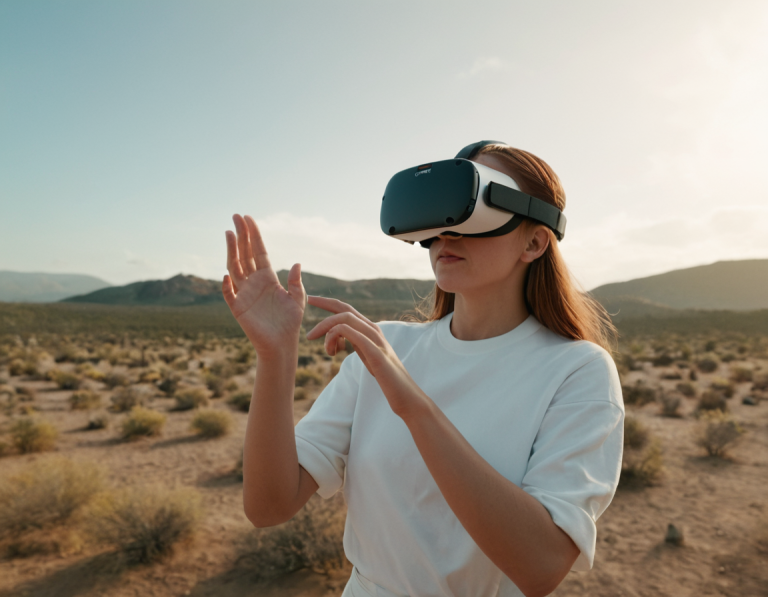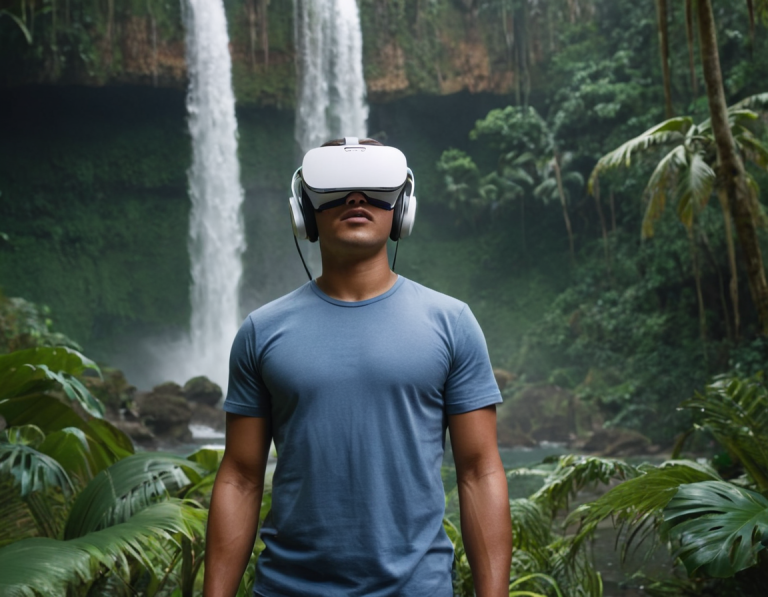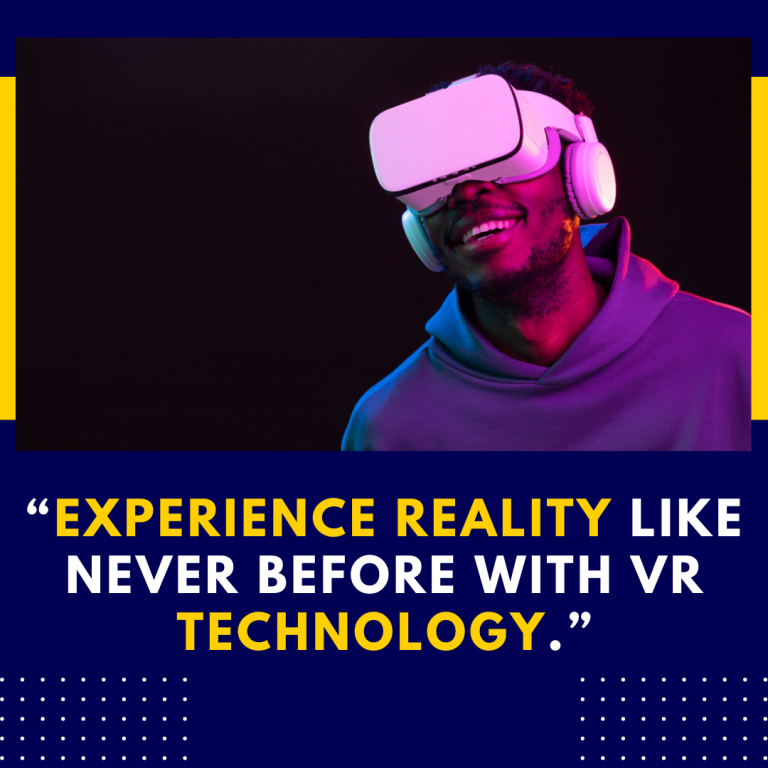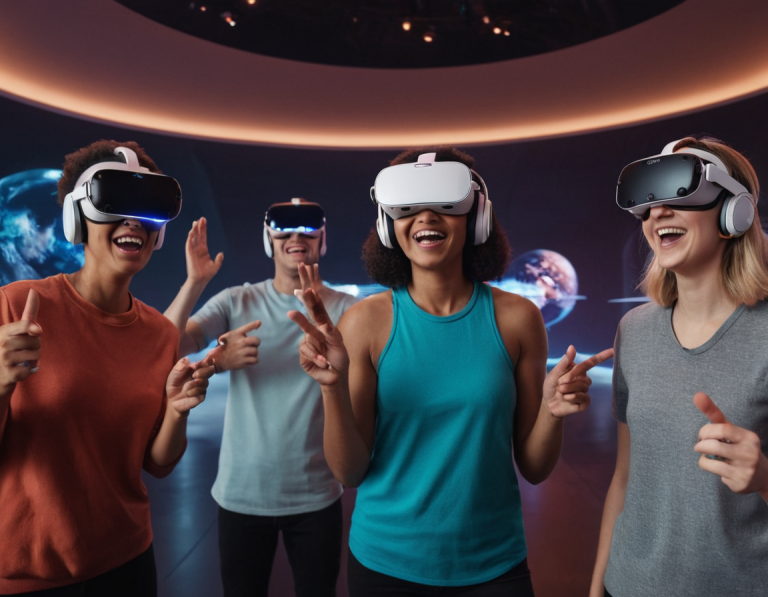The Art of Music Synchronization in Beat Saber
Since its launch in 2018, Beat Saber has captivated players with its engaging gameplay that combines rhythm and movement in a unique virtual reality (VR) experience. Central to this captivating experience is the game’s exceptional handling of music synchronization. Understanding how Beat Saber achieves this synchronization offers insights into the design choices that enhance gameplay and player satisfaction. In this blog post, we will delve into the mechanics behind music synchronization in Beat Saber, its importance, and how it contributes to the overall experience.
1. The Basics of Music Synchronization
Music synchronization refers to the alignment of game elements with musical beats and rhythms. In Beat Saber, this synchronization is crucial as players slice through blocks that appear in time with the music, creating a dynamic and immersive experience. The game utilizes several techniques to achieve precise synchronization:
Beat Mapping
The first step in music synchronization is beat mapping, where the audio track is analyzed to identify its rhythm, tempo, and key beats. Here’s how it works:
- Tempo Detection: Beat Saber automatically detects the tempo of a song, measuring beats per minute (BPM). This information is essential for determining how quickly blocks should appear.
- Manual Adjustments: While many tracks are automatically mapped, developers and the community often make manual adjustments to ensure optimal playability. This can involve changing the timing of blocks to match specific accents or musical phrases in the track.
Audio Analysis Algorithms
Beat Saber employs sophisticated algorithms to analyze audio tracks. These algorithms break down the song into its core components, identifying beats, rhythms, and even dynamics. The result is a series of precise cues that dictate when and where blocks will appear.
- Frequency Analysis: The game analyzes different frequencies within a track, allowing it to align block appearances with various elements like bass lines or melodic highlights. This creates a richer gameplay experience where players feel connected to the music.
- Dynamic Adjustments: As players progress through a song, the game can dynamically adjust the block patterns based on the music’s intensity. For instance, during a crescendo, blocks may appear more frequently, increasing the challenge and engagement.
2. The Importance of Timing and Precision
Enhancing Player Engagement
Proper synchronization enhances player engagement in several ways:
- Immersive Experience: When players hit blocks in time with the music, it creates a satisfying sense of flow and immersion. This alignment is crucial for players to feel connected to the rhythm and to the game itself.
- Feedback Loop: Precise timing creates a feedback loop where players receive immediate auditory and visual rewards for their actions, reinforcing the sense of achievement.
Skill Development
The synchronization of music and gameplay also contributes to skill development:
- Improving Timing Skills: Players develop better timing and rhythm skills, as they must learn to anticipate when blocks will appear based on the beat of the music.
- Increasing Challenge: As players progress through levels, they face increasingly complex patterns that challenge their timing abilities, pushing them to improve continuously.
3. Custom Songs and Community Contributions
One of the most exciting aspects of Beat Saber is its robust modding community, which allows players to create and share custom songs. This aspect further enriches the game’s music synchronization experience.
User-Generated Content
Players can create their own beat maps for songs that aren’t included in the official soundtrack. The community utilizes tools like Beat Sage and Melee to map songs manually, ensuring that blocks are timed perfectly with the music.
- Community Standards: Many players strive to maintain high-quality standards for synchronization, ensuring that custom maps provide a challenging and enjoyable experience. This results in a wealth of high-quality content that can enhance the game’s longevity.
Quality Control
With user-generated content comes variability in quality. The Beat Saber community often rates and reviews custom songs, allowing players to find well-synchronized maps easily. Developers may also implement mechanisms to highlight high-quality maps, further enriching the player experience.
4. Technical Implementation
The technical side of Beat Saber’s music synchronization involves various programming techniques and tools:
Game Engine and Audio Libraries
Beat Saber is built using Unity, a popular game engine known for its flexibility and performance. The game utilizes specific audio libraries to manage sound playback and synchronization effectively.
- Audio Source Management: The game uses audio sources to manage sound playback, allowing for precise control over when and how music is played in relation to gameplay events.
- Event Triggering: Specific events in the game, like the appearance of blocks, are triggered based on the audio analysis. This ensures that everything happens in perfect time with the music.
Performance Optimization
To maintain a smooth and responsive experience, Beat Saber must optimize performance across various VR platforms:
- Frame Rate Consistency: Achieving a high frame rate is crucial for synchronization. The game must perform efficiently to ensure that audio cues and visual elements remain aligned without lag.
- Latency Reduction: Reducing latency is essential in a rhythm game. Beat Saber implements various techniques to minimize delays between audio playback and visual feedback, ensuring that players experience tight synchronization.
5. The Future of Music Synchronization in Beat Saber
As Beat Saber continues to evolve, the future of music synchronization holds exciting possibilities:
Advanced Audio Analysis Techniques
As technology advances, new methods for audio analysis may be developed, allowing for even more sophisticated synchronization techniques. This could include AI-driven analysis that adapts in real-time to players’ actions.
Expanding Musical Genres
As the game’s library expands, incorporating diverse musical genres can introduce new synchronization challenges and experiences. This not only broadens the appeal of Beat Saber but also allows for innovative mapping techniques tailored to different styles of music.
6. Resources for Further Exploration
For those interested in diving deeper into the mechanics of Beat Saber and music synchronization, the following resources can provide valuable insights:
- Beat Saber Official Website: beatsaber.com – The official site for updates and community news.
- Unity Documentation: docs.unity3d.com – Explore the game engine behind Beat Saber and learn more about audio implementation.
- YouTube Tutorials: There are numerous tutorials available on YouTube that detail custom song creation and beat mapping in Beat Saber.
Conclusion
Beat Saber’s remarkable handling of music synchronization is a key element of its success and popularity. By effectively aligning gameplay with musical rhythms, the game creates a dynamic, immersive experience that captivates players worldwide. As technology continues to advance and the community grows, we can expect even more innovative approaches to music synchronization in the future.
Whether you’re a casual player or a dedicated fan, understanding the intricacies of music synchronization in Beat Saber enhances your appreciation of this unique VR experience. So, grab your headset, feel the beat, and immerse yourself in the rhythm of Beat Saber!






